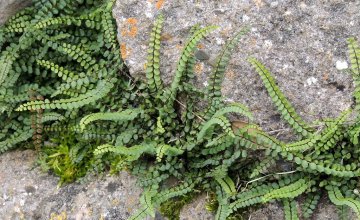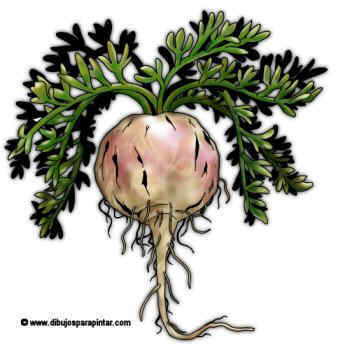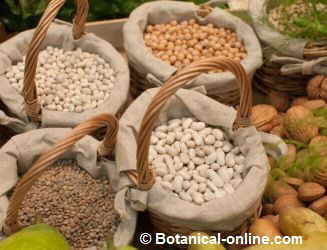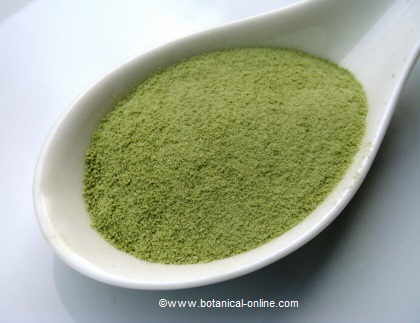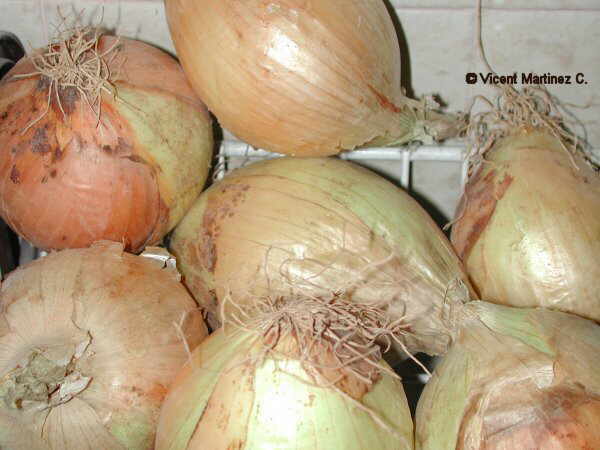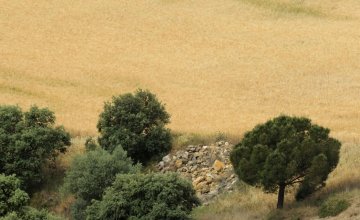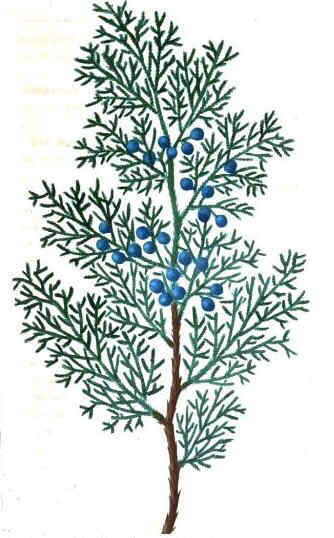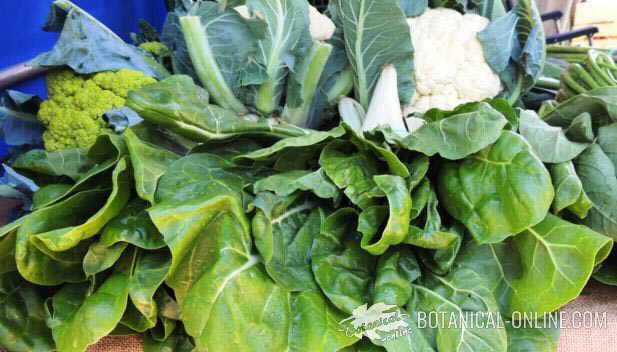Contents
What are lupins?
Characteristics of lupins, Lupinus albus
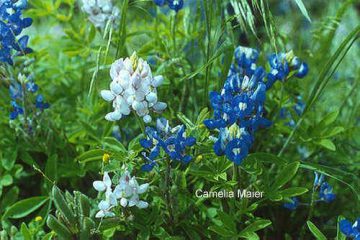
Common name in English: Lupin, white lupin
– Spanish / Español: Altramuz, altramuz blanco, tramuces, frijol de lupino, lupino, chochos
Scientific name: Lupinus albus L.
Family: Fabaceae
Origin of lupins: Plant native to temperate Asia and the Eastern Mediterranean.
Description of the plant
It is a legume plant, related to chickpeas, lentils or beans.
Annual herbaceous plant up to 1 m. high, belonging to the legume family.
Palmate leaves.
White hermaphrodite flowers. Pollination by insects.
Legume-shaped fruits with or without hairiness, yellow in color.
The seeds, or lupins, are rounded and 1 – 2 cm.
Components of lupins
The seeds contain:
- Alkaloids: Lupanin and others (sparteine, lupinine, lipinin, lupinidine, hydroxylupanin)
- Carbohydrates and fiber: pectin, insoluble fiber such as cellulose, oligosaccharides (stachyose, raffinose, verbascosa)
- Fats: Mainly omega 9 and omega 6
- Proteins: They are poor in methionine
- Minerals: potassium, calcium, magnesium, phosphorus, sodium, iron and trace elements (aluminum, boron, molybdenum, zinc, copper)
- Vitamins: Niacin, riboflavin Glycolic, phytic, lauric, succinic, malic, oxalic, citric, erucic, gadoleic acids
- Flavonoids: zeaxanthin, beta carotenes
- Phytosterols: Genistein, biochanin
- Trigonellin
- Anti-trypsin: Like all legumes, lupine contains a trypsin inhibitor enzyme that disappears with cooking. Raw seed can be indigestible due to this component. (More information)
![]() More information on lupins
More information on lupins

